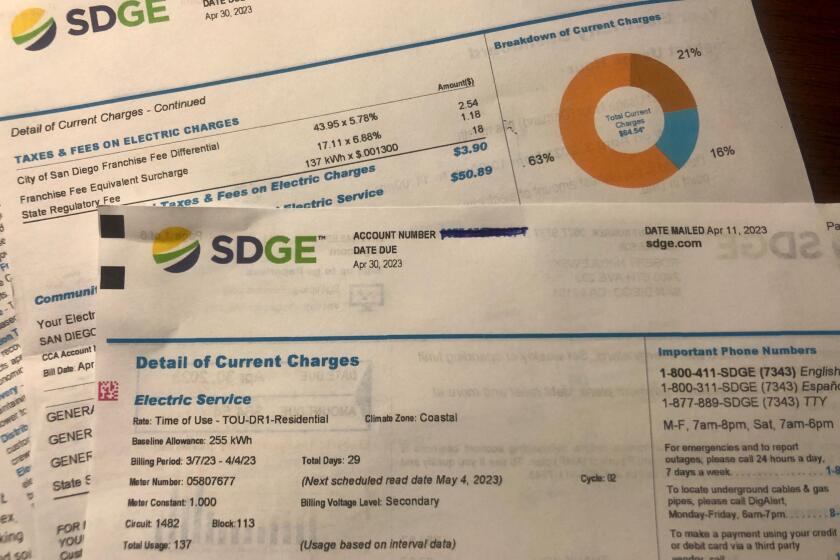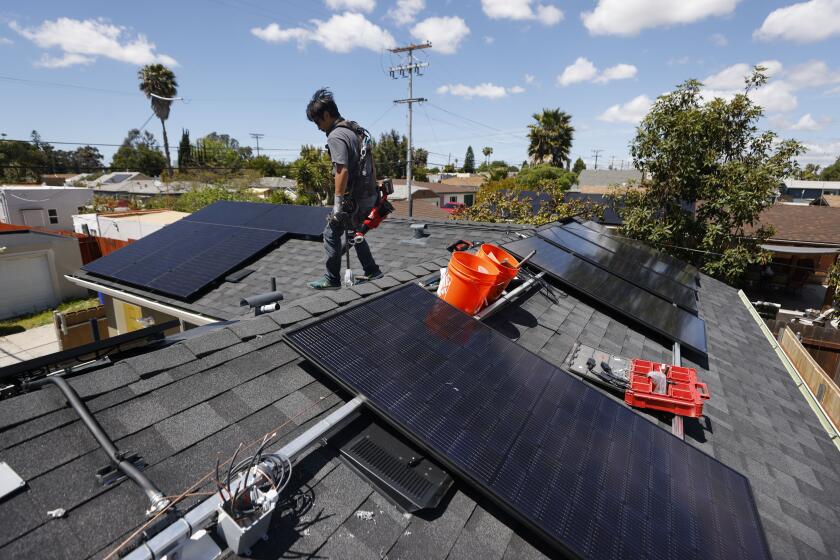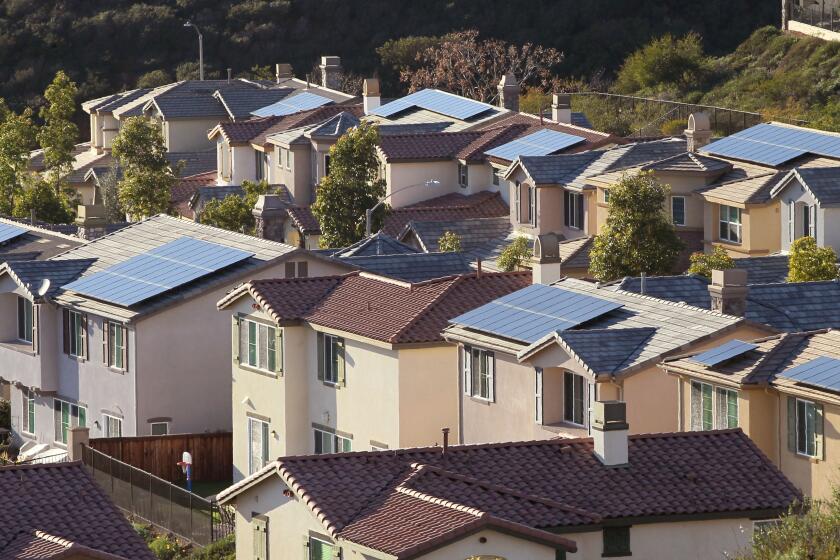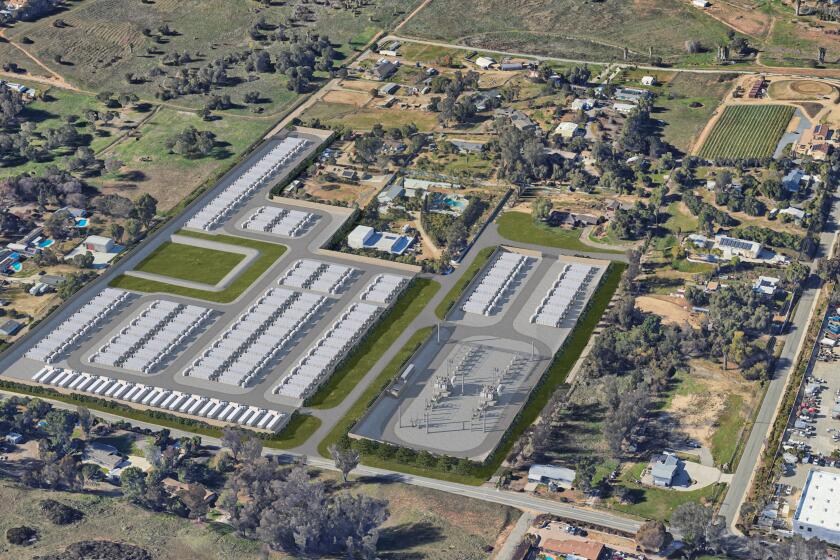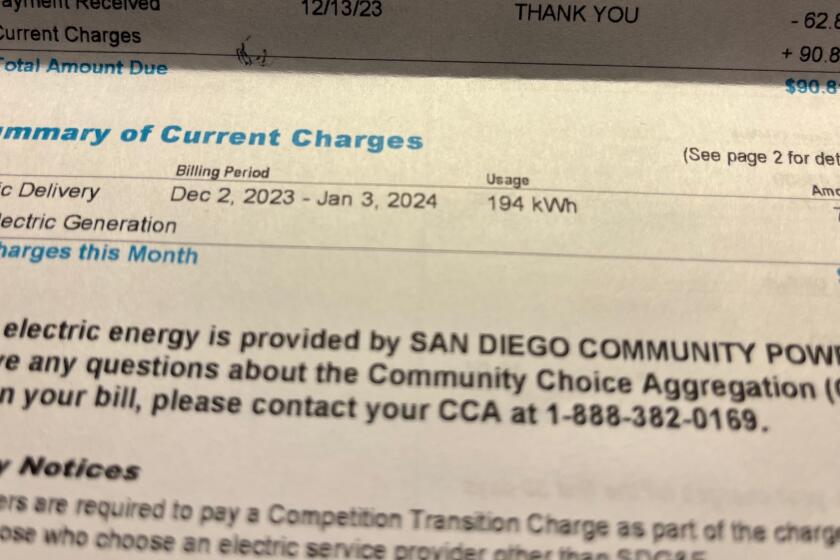California adopts nation’s first energy efficiency rules for computers
The California Energy Commission (CEC) on Wednesday passed sweeping energy efficiency standards for computers and monitors in an effort to reduce power costs, becoming the first state in the country to adopt such rules.
The regulations promise to reduce energy consumed by computers by about one-third, saving ratepayers some $373 million in utility bills by 2027, and figure to have impacts far beyond California’s state lines.
Computers and computer monitors in the state use an estimated 5,610 gigawatts-hours of electricity, representing up to 3 percent of residential electricity use and 7 percent of commercial use.
“”Such efficiency improvements are good for consumers, good for the electric system, good for the environment and frankly good for the green credentials of the manufacturers,” said Andrew McAllister, a CEC commissioner who helped guide the new rules through a four-year process of consultations with industry that culminated in Wednesday’s 5-0 vote in Sacramento.
“There’s a lot of substance to like here.”
The first tranche of the new standards will start Jan. 1, 2018, to be completed in stages by July 1, 2021.
One of the rules’ chief targets is desktop computers, which use about four times as much power as a typical laptop (or notebook) computer.
Sometimes called “energy vampires” by efficiency experts, desktops are switched on 77 percent of the time but sit idle for 61 percent of those minutes, according to a recent study from a University of California Irvine research team.
Under the new rules, desktops must reduce their power-draw by about 30 percent when idle by the beginning of 2019 and nearly 50 percent by mid-2021.
Most computer monitors will also be affected, with the new rules establishing thresholds for the amount of power a monitor or display can consume, even when they are in sleep mode.
The standards also apply to laptops but it’s estimated about 73 percent of notebook computers on the market already meet the rules’ requirements.
By 2021, the CEC estimates the new rules make the cost of each desktop about $14 more expensive but said consumers will save more than $55 over five years in reduced energy bills.
Monitors will cost about $5 more but are expected to lead to $30 in savings over seven years. Laptops will cost about $1 more but energy savings in four years, the CEC said, is about twice that amount.
The Consumer Federation of America praised the regulations and said the percentages in cost savings more than make up for the increase in prices.
“Believe me, the average consumer who can barely get 2 percent on his CD today, that’s a pretty darn good investment,” said Mark Cooper, the federation’s director of research in a teleconference after the commission passed the rules.
Representatives from Intel and HP Inc. also took part in the teleconference, with HP environmental compliance manager Paul Ford calling the energy limits “ambitious but achievable.”
The CEC has emphasized that manufacturers will have flexibility to meet the standards.
“It’s been a very good process that has led to, I think, a very good rule,” Ford said.
The rules apply only to computers in California but the sheer size of the state’s share of the computer market is so formidable — California by itself accounts for 25 million computer monitors, 23 million laptops and 21 million desktops — the new standards will have ripple effects across the country and beyond.
“It will have a global impact and significantly change the way future energy-efficient desktops and all-in-one computers are designed and manufactured,” said Andrea Deveau, vice president of state policy and politics for Tech Net, a trade group that counts Cisco and Microsoft among its members.
“It was never taken lightly and it is definitely an historic rule-making.”
But Adrian Moore, vice president of policy at the Reason Foundation, a libertarian think tank based in Los Angeles, questioned the CEC’s cost savings estimates and said consumers already have a built-in incentive to buy energy-efficient computers in order to keep their utility bills low.
“It’s always easy to say, hey, this is a really cheap way for people to save a lot of money but for some reason, (consumers) just aren’t doing it,” Moore said. “So we, the energy commission being all wise and powerful here in Sacramento, can make this happen for them. Because we know as the energy commission, we know far more about computer markets than dumb old computer makers, much less dumb old computer consumers.”
The Natural Resources Defense Council (NRDC), an environmental group, worked closely with the CEC to develop the new standards.
Pierre Delforge, the group’s director of high-tech sector energy efficiency, said the savings estimates are “relatively conservative” and said the rules will lead to huge reductions in greenhouse gas emissions, helping California meet its aggressive climate goals.
“The standards are strong and they will lead manufacturers to design significantly more efficient products than they would have otherwise,” Delforge said. “When advocates work together with industry to reduce the energy use of their products, save consumers money while cutting pollution and carbon emissions, what’s not to like?”
By CEC estimates, the efficiency standards will save 2,332 gigawatt-hours per year — the equivalent of the power used by households in San Francisco and San Luis Obispo counties combined.
Business
rob.nikolewski@sduniontribune.com
(619) 293-1251 Twitter: @robnikolewski
ALSO
Get U-T Business in your inbox on Mondays
Get ready for your week with the week’s top business stories from San Diego and California, in your inbox Monday mornings.
You may occasionally receive promotional content from the San Diego Union-Tribune.



